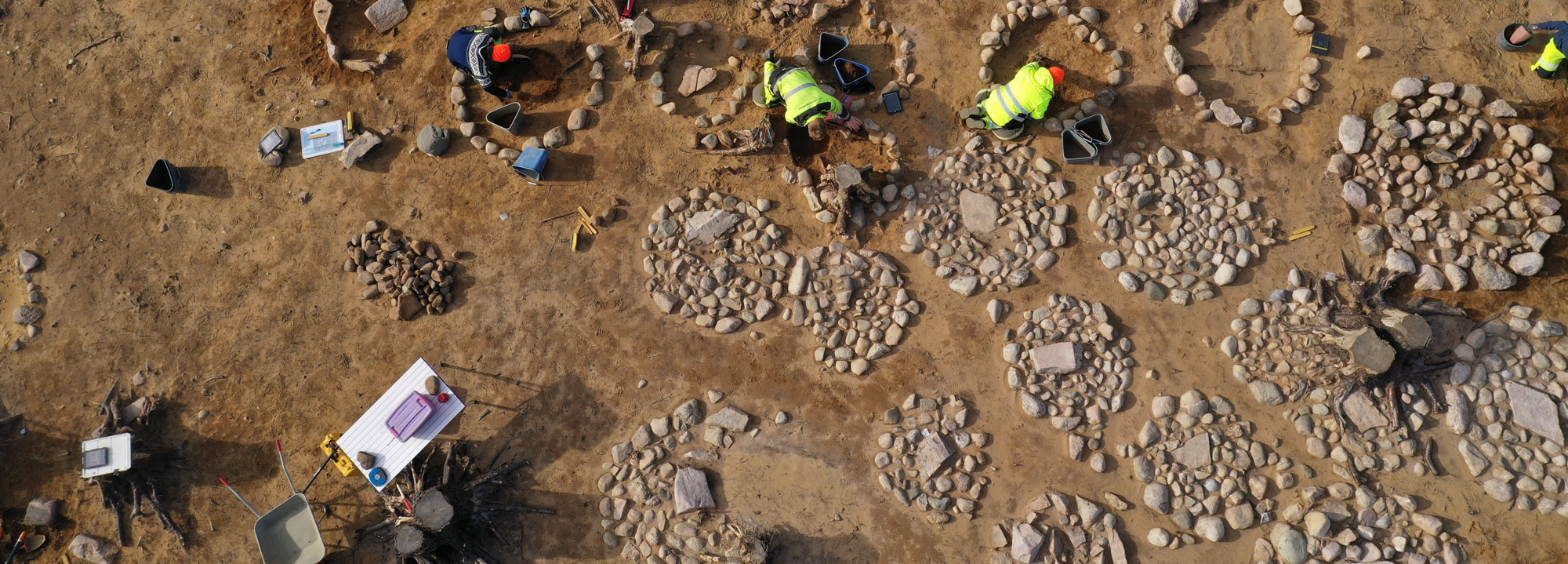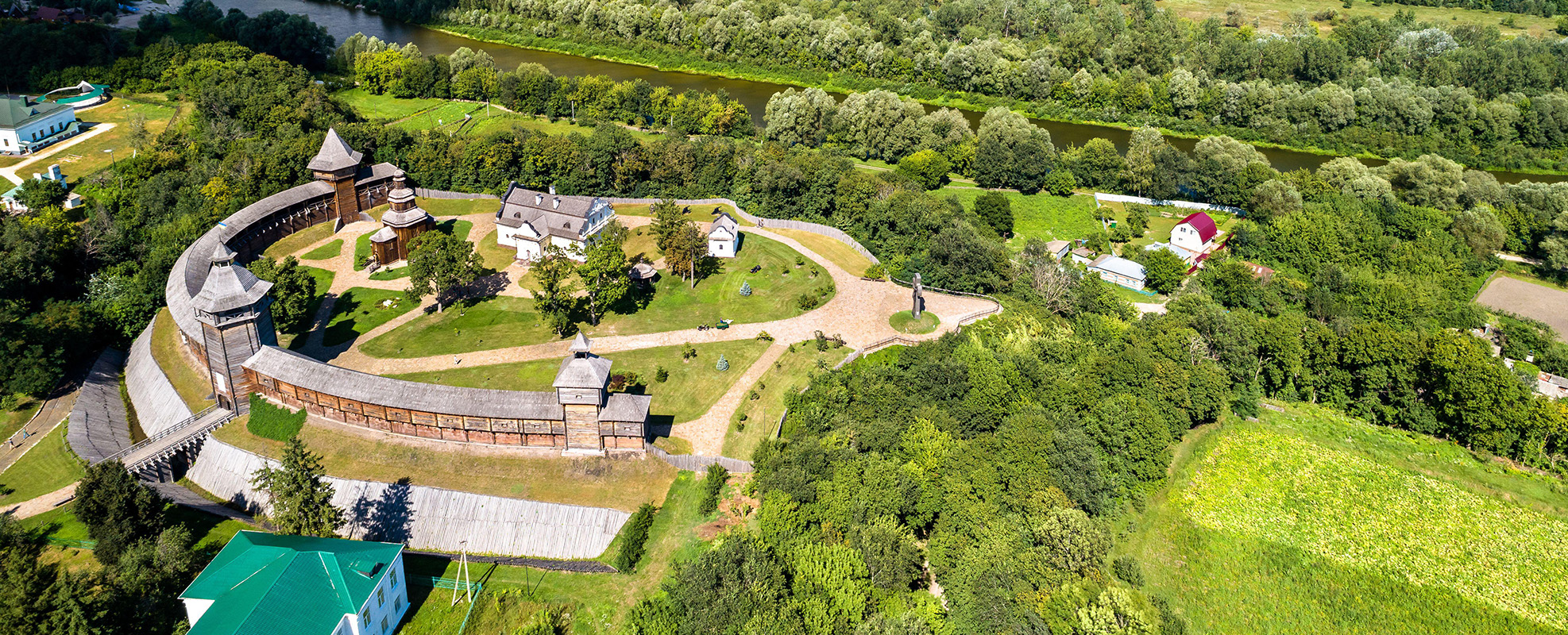
During excavations in Oslo’s Bjørvika neighborhood, archaeologists have uncovered a portion of the foundations of a medieval wharf. The 26-foot-long section of wooden foundations was discovered well below a layer of blue clay from a landslide that is known to have occurred around 1390, leading archaeologists to suggest that the wharf was built in the late 1200s or very early 1300s. Given that the structure is directly in line with property that served as the Norwegian monarch’s estate until 1319, researchers have dubbed it the King’s Wharf.
The logs in the foundation were unusually large, suggesting that they once supported an impressive structure. “These foundations must have held a massive building,” says Håvard Hegdal, an archaeologist with the Norwegian Institute for Cultural Heritage Research. “We expect that many of these wharf foundations would have had buildings on top of them, likely warehouses for storing goods carried by ships.” Hegdal notes that the logs were arranged in a way that was intended to help distribute the weight they bore.











